Thomas Zurbuchen can xxx tv showfinally shave.
Zurbuchen, NASA's associate administrator of its Science Mission Directorate, said he wouldn't shave until the James Webb Space Telescope — which will peer at the first galaxies and stars (along with fascinating worlds) — was fully deployed in space. To fit the giant telescope on a rocket (it's half the size of a 737 airplane), engineers designed the JWST to compactly fold up.
On Saturday, Jan. 8, two weeks after JWST successfully blasted into space, NASA and its Webb partners successfully unfolded and deployed the final major piece of the telescope, the second wing of its gold-coated mirrors. Now the telescope's honeycomb-like, over 21-foot-wide mirror, is in place.
"I can't wait to shave," Zurbuchen said on NASA TV Saturday morning. "I fully expect to shave today," Zurbuchen added.
At 1:18 p.m. ET, NASA announced the deployed mirrors had latched into place, the final step in the deployment process. Zurbuchen then addressed the mission's scientists and engineers from the control room: "How does it feel to make history, everybody?" he asked.
NASA photos showed engineers celebrating after the last mirrors successfully set into place. Prior to launching, NASA described the JWST's ambitious planned maneuvers as the "most complex sequence of deployments ever attempted in a single space mission."
This Tweet is currently unavailable. It might be loading or has been removed.
This Tweet is currently unavailable. It might be loading or has been removed.
This Tweet is currently unavailable. It might be loading or has been removed.
Once in space, the JWST first had to deploy its tennis court-sized sunshield, which keeps the telescope shaded from intense heat and light from the sun (as well as from Earth and the moon.) Engineers unfurled the five-layer sunshield over several days. All went swimmingly, though mission planners devised backup plans in case the unfurling hit a snag, or snags.
Now the giant mirror is deployed, too. It's over 21-feet across — over two and a half times wider than the Hubble telescope's mirrors — to capture more light, and hence see deeper into space. The JWST will peer back over 13.5 billion years into the past, when the first galaxies were forming.
SEE ALSO: What the giant James Webb telescope will see that Hubble can'tThough Webb's deployment is historic, it won't start imaging the cosmos for many months, until around June. Engineers and scientists have to fire up the different instruments on the telescope and ensure everything is working correctly to gather unprecedented observations.
Next up, engineers will perfectly align the telescope's 18 hexagonal mirrors, so they work together as a single, grand mirror.
This Tweet is currently unavailable. It might be loading or has been removed.
If all goes well, and things have so far, Webb will deliver unprecedented insights into the cosmos, and planets in other solar systems, in the coming decade.
(Editor: {typename type="name"/})
 420 Characters by Lou Beach
420 Characters by Lou Beach
 Staff Picks: Food Rules, the American Dream by The Paris Review
Staff Picks: Food Rules, the American Dream by The Paris Review
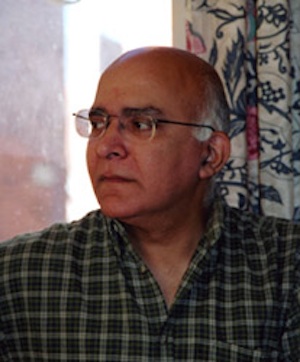 Aamer Hussein on 'The Cloud Messenger' by Jonathan Gharraie
Aamer Hussein on 'The Cloud Messenger' by Jonathan Gharraie
 Operation Mensch
Operation Mensch
Today's Hurdle hints and answers for April 29, 2025
 If you like playing daily word games like Wordle, then Hurdle is a great game to add to your routine
...[Details]
If you like playing daily word games like Wordle, then Hurdle is a great game to add to your routine
...[Details]
The Varieties of “Experience” by Dawn Chan
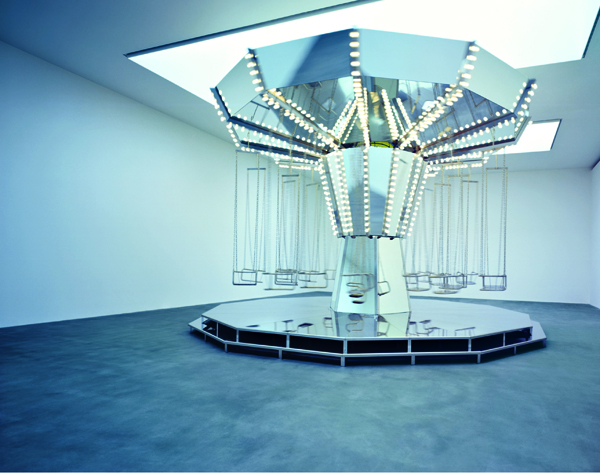 The Varieties of “Experience”By Dawn ChanNovember 9, 2011Arts & CultureMirror Carousel, 2005. In
...[Details]
The Varieties of “Experience”By Dawn ChanNovember 9, 2011Arts & CultureMirror Carousel, 2005. In
...[Details]
Part 1: The Amanuensis by Mark Van de Walle
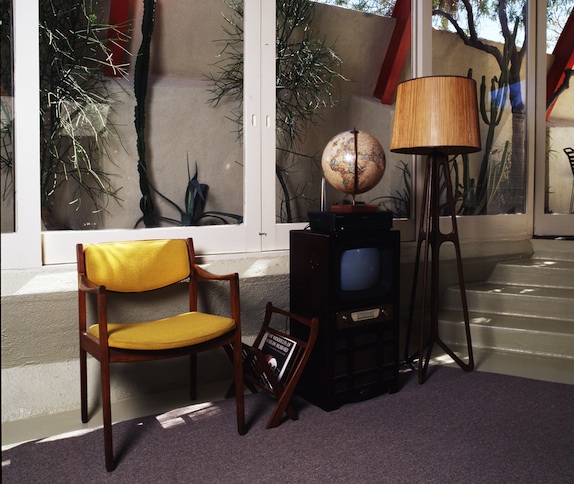 Part 1: The AmanuensisBy Mark Van de WalleOctober 24, 2011First PersonPhotograph by Michael Childers
...[Details]
Part 1: The AmanuensisBy Mark Van de WalleOctober 24, 2011First PersonPhotograph by Michael Childers
...[Details]
John Berger on ‘Bento’s Sketchbook’ by Anderson Tepper
 John Berger on ‘Bento’s Sketchbook’By Anderson TepperNovember 22, 2011At WorkI’ve always been intrig
...[Details]
John Berger on ‘Bento’s Sketchbook’By Anderson TepperNovember 22, 2011At WorkI’ve always been intrig
...[Details]
Waymo data shows humans are terrible drivers compared to AI
 Now operating in cities like L.A., San Francisco, Phoenix, Austin, and Atlanta, the robotaxis of Way
...[Details]
Now operating in cities like L.A., San Francisco, Phoenix, Austin, and Atlanta, the robotaxis of Way
...[Details]
Posters from the Paris Protests, 1968 by Atelier Populaire
 Posters from the Paris Protests, 1968By Atelier PopulaireOctober 6, 2011LookTwo hundred posters from
...[Details]
Posters from the Paris Protests, 1968By Atelier PopulaireOctober 6, 2011LookTwo hundred posters from
...[Details]
Reading in Bed with James Franco by The Paris Review
 Reading in Bed with James FrancoBy The Paris ReviewOctober 25, 2011Video & MultimediaThe other n
...[Details]
Reading in Bed with James FrancoBy The Paris ReviewOctober 25, 2011Video & MultimediaThe other n
...[Details]
Part 2: The Offer by Mark Van de Walle
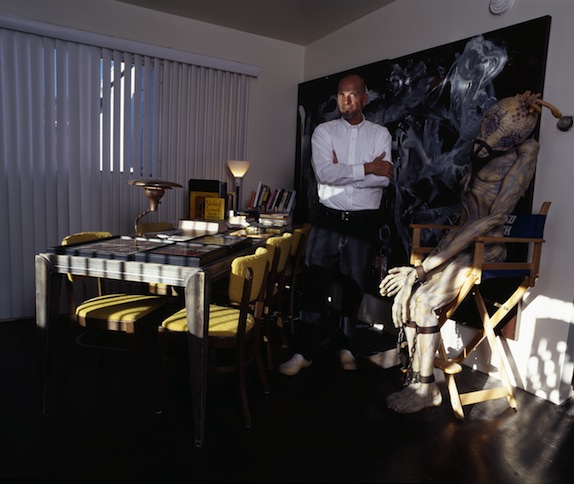 Part 2: The OfferBy Mark Van de WalleOctober 25, 2011First PersonSteve Lowe and the Mugwump. Photogr
...[Details]
Part 2: The OfferBy Mark Van de WalleOctober 25, 2011First PersonSteve Lowe and the Mugwump. Photogr
...[Details]
8 Years Later: Does the GeForce GTX 580 Still Have Game in 2018?
The Paris Review Sport Pen! by Sadie Stein
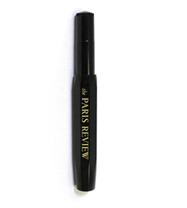 The Paris Review Sport Pen!By Sadie SteinDecember 12, 2011BulletinThe venerable Kaweco company has b
...[Details]
The Paris Review Sport Pen!By Sadie SteinDecember 12, 2011BulletinThe venerable Kaweco company has b
...[Details]
接受PR>=1、BR>=1,流量相当,内容相关类链接。